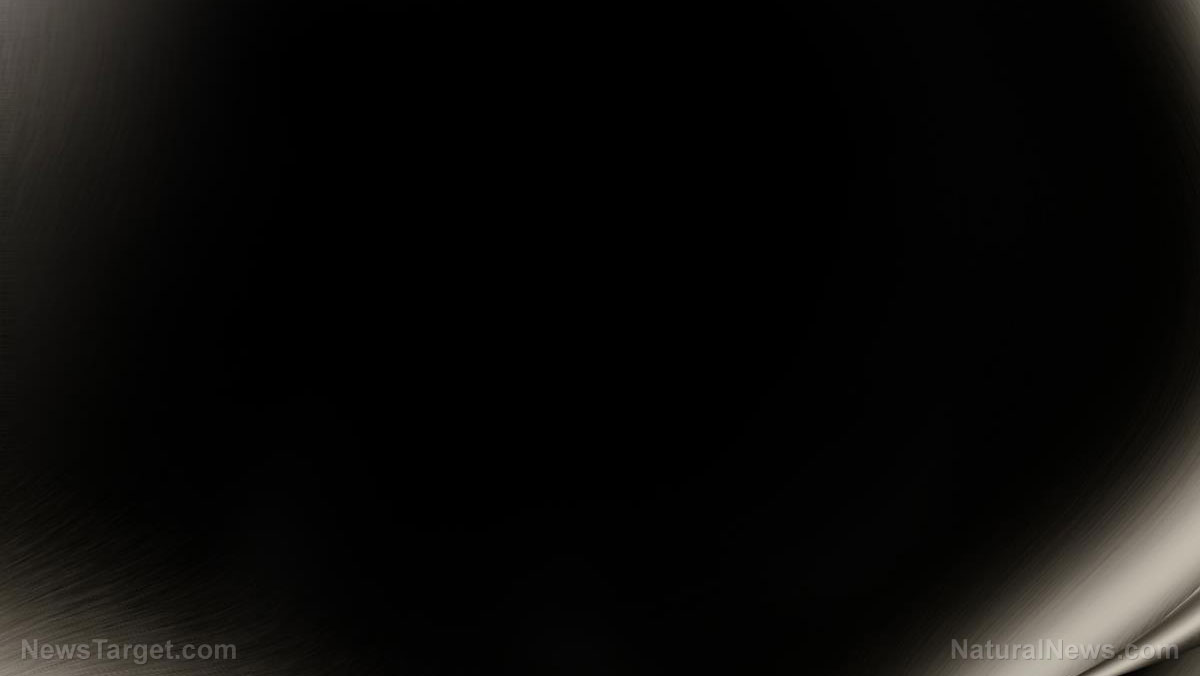Scientists boost gravitational-wave detection by reducing background noise
04/24/2018 / By David Williams

Gravitational waves could hold the key to a better understanding of the universe and everything that happens in it. Although there are already sophisticated machines and methods dedicated to their detection and analysis, it is well-known that they could still be improved. Now a group of researchers believes that they have found a way to do so. And what’s more, their method could make current standard gravitational wave detectors and detection techniques entirely obsolete.
In case you weren’t familiar with them, gravitational waves are simply waves that happen in the fabric of spacetime when certain things, such as the collision of two black holes or the merging of two neutron stars, occur in space. In effect, these waves are sent out rippling throughout the universe, signifying that such events happened where they did and when they did. In other words, detecting them means gaining extra knowledge of certain happenings in the universe despite the lack of other observable variables such as light and sound.
Ever since the first gravitational wave signal was detected here on Earth, scientists have been looking for ways to improve the technology available for doing so. Now, thanks to the work of a group of researchers, a possible “upgrade” could be within reach. And it could be used as a workaround to known weaknesses in current gravitational wave signal detectors, particularly the one used in the Laser Interferometer Gravitational-wave Observatory (LIGO).
According to Rana Adhikari, a professor of physics at the California Institute of Technology, the LIGO requires many different variables to be calibrated in order to work properly. “The main challenge in the LIGO vacuum tubes is to keep the pressure low; we need it to be around a trillion times less than atmospheric pressure,” she explained. “This is relatively easy in a small, high-quality, laboratory setup but extremely challenging for a 4-kilometer-long tube.”
Vacuum tubes, in this case, are the reason why LIGO can function in the first place. LIGO is essentially made up of highly efficient vacuum chambers wherein lasers and optics needed to do the actual detection of gravitational waves are enclosed. These vacuum chambers are devoid of any particles that could potentially get in the way of gravitational wave detection. And unless they can be kept that way, by shielding them from external forces such as air turbulence, they could easily fail to do the one thing that they were designed to do.
This is where the new method devised by the researchers comes in. Not only did they find an alternative method of detecting gravitational waves, but they did so without using vacuum chambers at all. (Related: Avoiding Armageddon: Scientists experiment with ways to destroy or redirect threats from space.)
According to Thomas Smith, a Ph.D. student from the University of Maryland, Baltimore County (UMBC) and the lead author of the study, they were able to negate air turbulence for their new method of detecting gravitational waves. “What we demonstrate in our paper was a turbulence-free double-slit interferometer, which isn’t exactly ideal for gravitational wave detection, but the mechanism that produces the turbulence-free interference could theoretically be applied to any interferometer,” he explained. “Our future steps are to look at those interferometers that are ideal for gravitational wave detection by their layout and see if we can apply this mechanism to those. We could, theoretically, have a gravitational wave detector out in the open air.”
Other experts in the field aren’t convinced that it’s possible, saying that such a detector couldn’t possibly work out in the open air. But the researchers remain determined to prove their ideas. For what it’s worth, they admit that all practical applications of their new method are likely “a long way off.” But they’ve already got the ideas down and have a working model in principle. All that’s needed is more work to gather more evidence of its efficacy.
Read more about other space phenomena in Space.news.
Sources include:
Tagged Under: black holes, future tech, Gravitational Waves, Gravity, interferometers, Space, space radiation, space time ripples, Space-Time




















